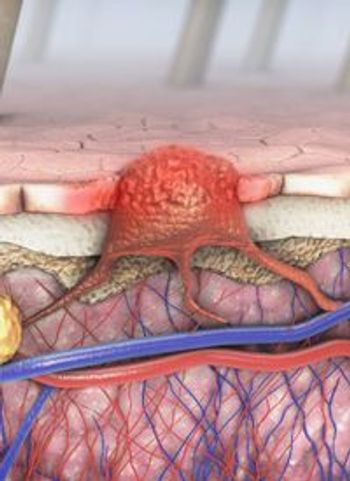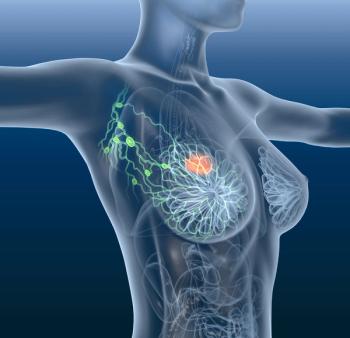
Ongoing Radioligand Trials May ‘Shift the Paradigm’ in Prostate Cancer
Current clinical trials look to assess 177Lu-PSMA-617 in combination with other therapies including androgen deprivation therapy and docetaxel.
Combining 177Lu-PSMA-617 (Pluctivo) with other agents including androgen receptor (AR) pathway inhibitors may “further shift the treatment paradigm” for patients with metastatic castration-resistant prostate cancer (mCRPC), according to Scott T. Tagawa, MD, MS, FACP.
CancerNetwork® spoke with Tagawa, a professor of medicine and urology and medical director of the Genitourinary Oncology Research Program at Weill Cornell Medicine, about ongoing clinical trials advancing 177Lu-PSMA-617 and similar compounds to earlier lines of treatment for mCRPC at the
Transcript:
177Lu-PSMA-617 is being studied in early phases with combinations. In phase 3 trials, [investigators are] moving [it] earlier in terms of disease states. The PSMAfore trial [NCT04689828] has already read out in at least a press release form. In chemo-naive, metastatic CRPC after 1 line of AR pathway inhibitors, [investigators assessed] 177Lu-PSMA-617 in PET-selected patients versus second-line AR pathway inhibitors with a primary end point of radiographic progression-free survival and allowing for crossover. By press release, we know that’s positive and hopefully we’ll see the data in a few months.
And then 2 randomized studies, 1 randomized phase 2 and 1 randomized phase 3 study, are moving another disease state forward in terms of the castration-sensitive or hormone-sensitive population. The phase 3 trial called PSMAddition [NCT04720157] is [assessing] ADT [androgen deprivation therapy] plus AR pathway inhibitors with essentially early versus delayed 177Lu-PSMA-617. So it’s [3- versus 2-drug regimens], initially, with a primary end point of radiographic progression-free survival, but it also allowed them for crossover.
And then the Australian group is looking at ADT plus docetaxel alone or in a sequential fashion with 177Lu-PSMA-617. The same drug looks like it’s marching forward like we do with a lot of our successful drugs, and that will further shift the treatment paradigm.
In that mCRPC chemo-naïve disease state, there’s actually 4 phase 3 trials. First, the PSMAfore trial that I mentioned, and 2 trials of 177Lu-PSMA-I&T, a generic compound. There is one that’s called SPLASH [NCT04647526] and one that’s called ECLIPSE [NCT05204927]. [They are] very similar studies with slightly different dosing between the 2 agents. Second AR pathway inhibitors is the control arm, and the 177Lu-PSMA-I&T, which is very similar to 177Lu-PSMA-617, with radiographic progression-free survival as the primary end point generally with crossover allowed.
And then [investigators are evaluating] a different agent. The exact same target, PSMA, and the exact same radionuclide, lutieum-177, but with an antibody, formerly known as GF101 now called TLX-591. It is a similar type of a trial, except that it is an AR pathway inhibitor alone or an AR pathway inhibitor plus the lutetium PSMA antibody construct, also looking at radiographic progression-free survival. We have four different lutetium PSMA compounds in that first-line mCRPC disease state.
Reference
Novartis Pluvicto™ shows statistically significant and clinically meaningful radiographic progression-free survival benefit in patients with PSMA–positive metastatic castration-resistant prostate cancer. News release. Novartis. December 5, 2023. Accessed March 14, 2023. bit.ly/3mUaFjL
Newsletter
Stay up to date on recent advances in the multidisciplinary approach to cancer.
































































































